Every cat owner dreads that inevitable moment when they must say farewell to their beloved companion. Still, understanding the subtle ways our feline friends communicate their final moments can transform this painful experience into a meaningful goodbye. Cats possess an almost mystical awareness of their approaching end, and they express this knowledge through a complex language of behaviors that speak volumes about their deepest needs for comfort, safety, and love.
The bond between cats and their humans runs deeper than many realize, and this connection becomes even more profound in their final days. Let’s explore the remarkable ways cats bid farewell to the world they’ve known.
The Silent Withdrawal Into Solitude
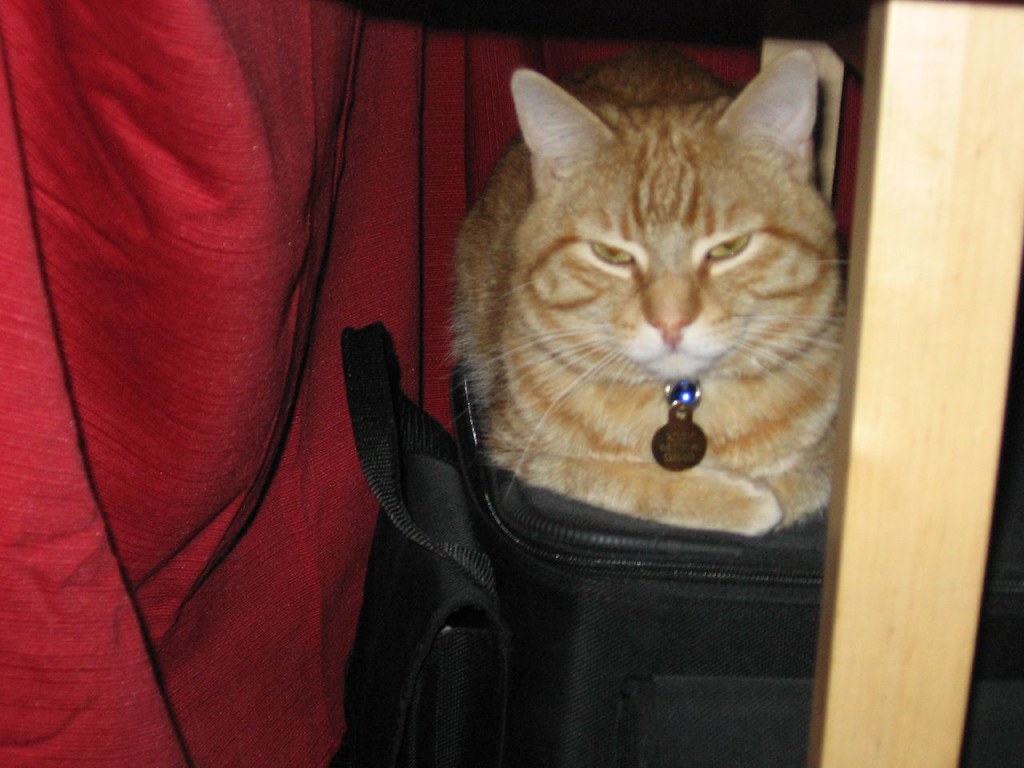
Your cat may seek out quiet, secluded areas as they approach the end of their life. In the wild, a dying cat instinctively understands that they are more vulnerable to predators. Hiding is a way to protect themselves. Domestic cats have adopted a similar instinctive behavior, which helps them feel secure.
This instinctive retreat often catches owners off guard. You may wonder, how is that such an outgoing and active cat has confined itself to a secluded area under the bed? Well, it is a sign that your pet is aware about the approaching death and wants to be more relaxed and calm during this period. Your once social butterfly might suddenly prefer the darkness beneath furniture or the quiet corners of unused rooms.
If your cat is an indoor pet, you will find it under the bed, in unused storage rooms or cellars, which are the typical hiding places that your cat will migrate to when nearing its end. This behavior isn’t personal rejection. It’s their ancient wisdom guiding them to find peace in their final moments.
Dramatic Changes in Vocal Communication
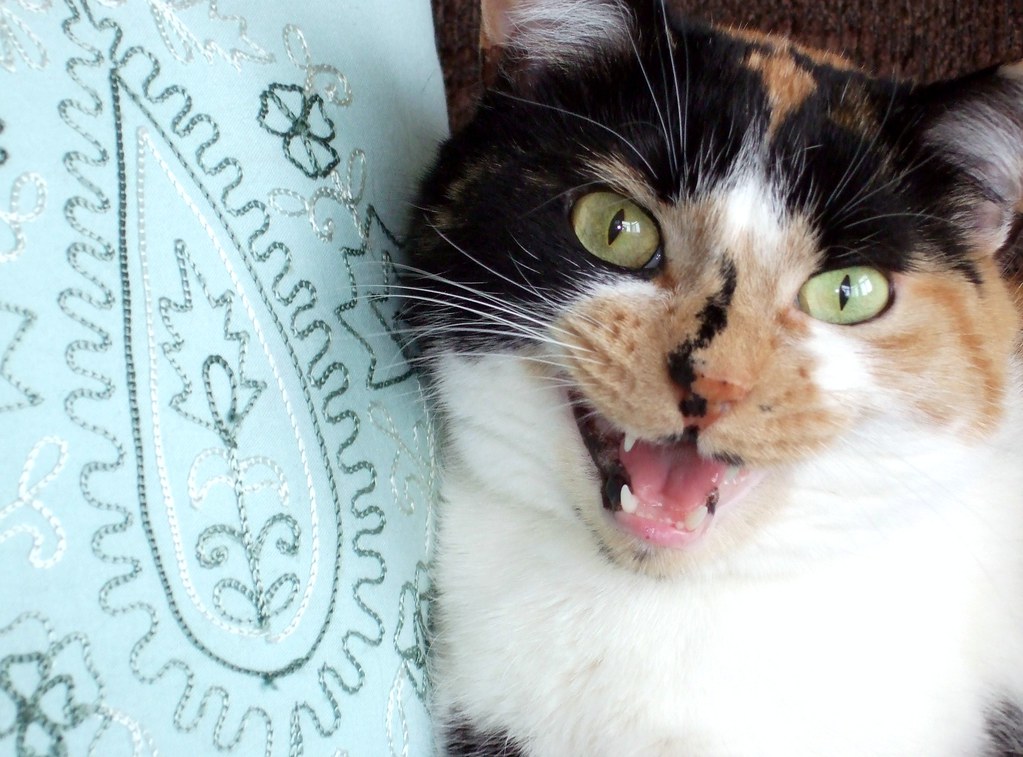
Changes in vocalization (e.g., yowling, meowing excessively, or silence). Perhaps nothing signals impending farewell quite like the shift in how your cat speaks to you. Some cats become unusually chatty in their final days, as if trying to tell you everything they’ve been holding back.
Others fall into an uncharacteristic silence that can feel deafening to attentive owners. Confused cats might express their distress through yowling and other loud vocalizations. These vocal changes often reflect their internal struggle with discomfort and confusion.
The timing matters too. Cognitive dysfunction, akin to human dementia, may cause them to wander or vocalize more at night, and seem confused. Those midnight conversations might be your cat’s way of processing their changing world while seeking reassurance from their favorite human.
Seeking Physical Comfort and Closeness
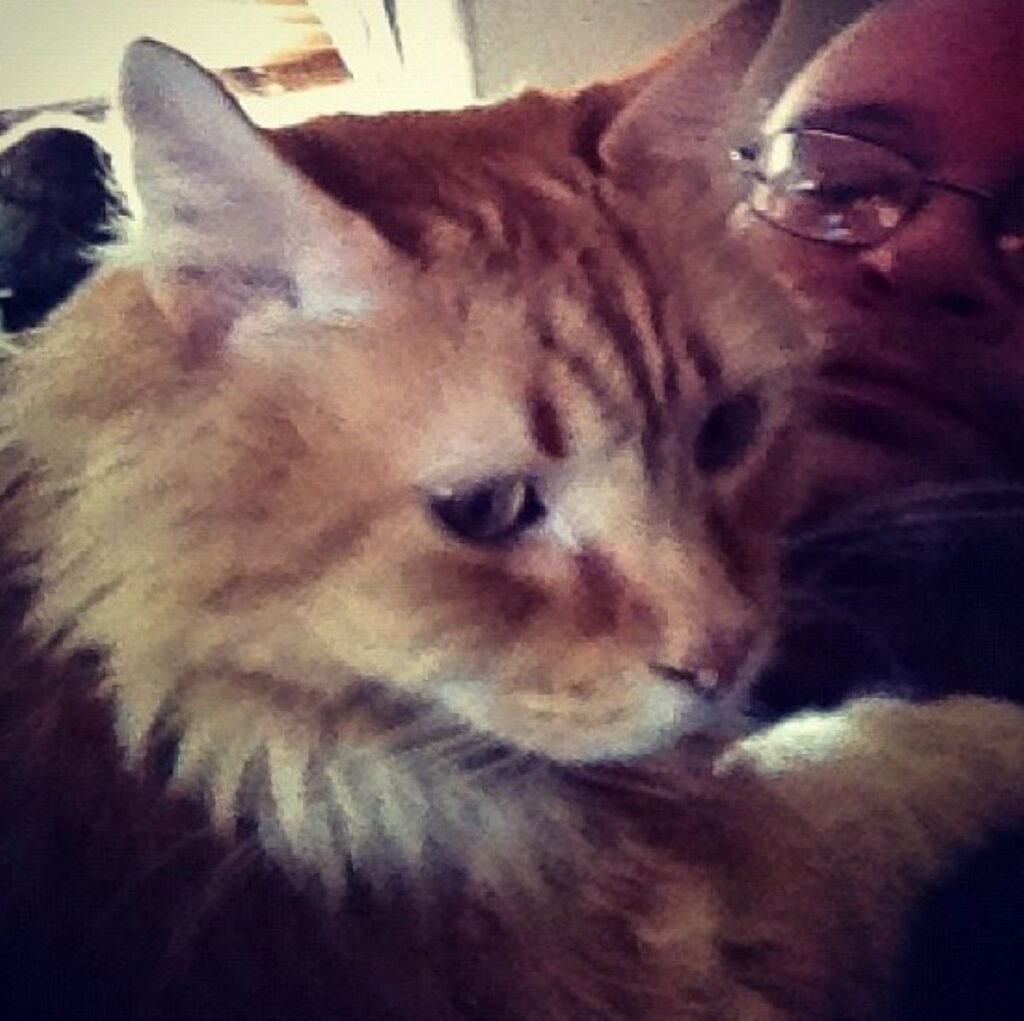
A cat who loved being petted and held, would now become irritable because of the pain it might be suffering from. On the contrary, an independent cat may want to be closer to the owner and seek comfort from petting.
The personality shift can be startling. Your aloof, independent feline might suddenly become your shadow, following you from room to room with desperate intensity. Contact: Seeking constant physical contact, often pressing against their human or other pets. Security: Preferring enclosed spaces like boxes or carriers they previously avoided. Companionship: Staying unusually close to other household pets, even those they normally ignore.
Some cats may want to be alone while on their final journey, but some of them may feel comfortable by being closer to their owners. They will probably go back to their favorite bed, pillow, or blanket for comfort or follow their loved ones wherever they go. This clingy behavior represents their deep trust in you as their source of security and comfort.
The Mysterious Language of Purring
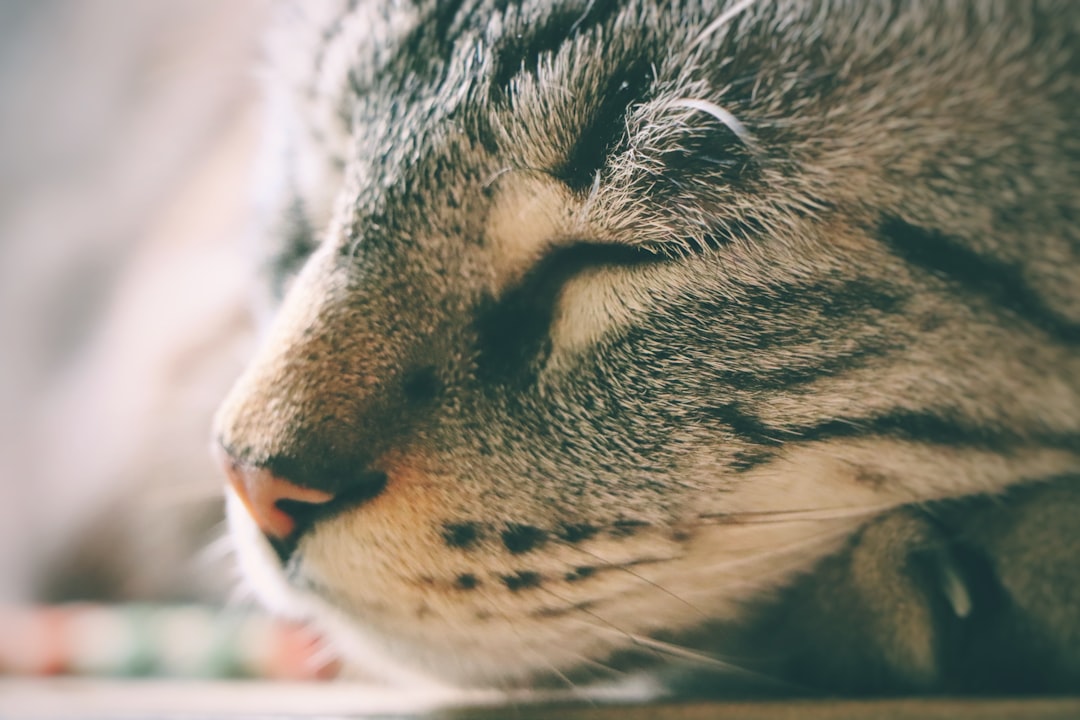
Many cat parents find it surprising that cats will purr more when they are beginning to pass. This is not something that we truly understand. The sound that once meant pure contentment takes on new meaning in their final chapter.
Increased purring in dying cats can indicate either pain or comfort – it’s a complex behavior that serves multiple purposes. Cats often purr to self-soothe when in pain, but they also purr when feeling content or seeking to comfort themselves or others. This natural healing mechanism becomes their coping strategy.
Purring may help the cat to cope with the pain and discomfort before dying, as it is known to strengthen the muscles of the cat and also release endorphins that help to deal with the pain. Their purring becomes both a farewell song and a healing balm for their discomfort.
Abandoning Daily Routines and Rituals
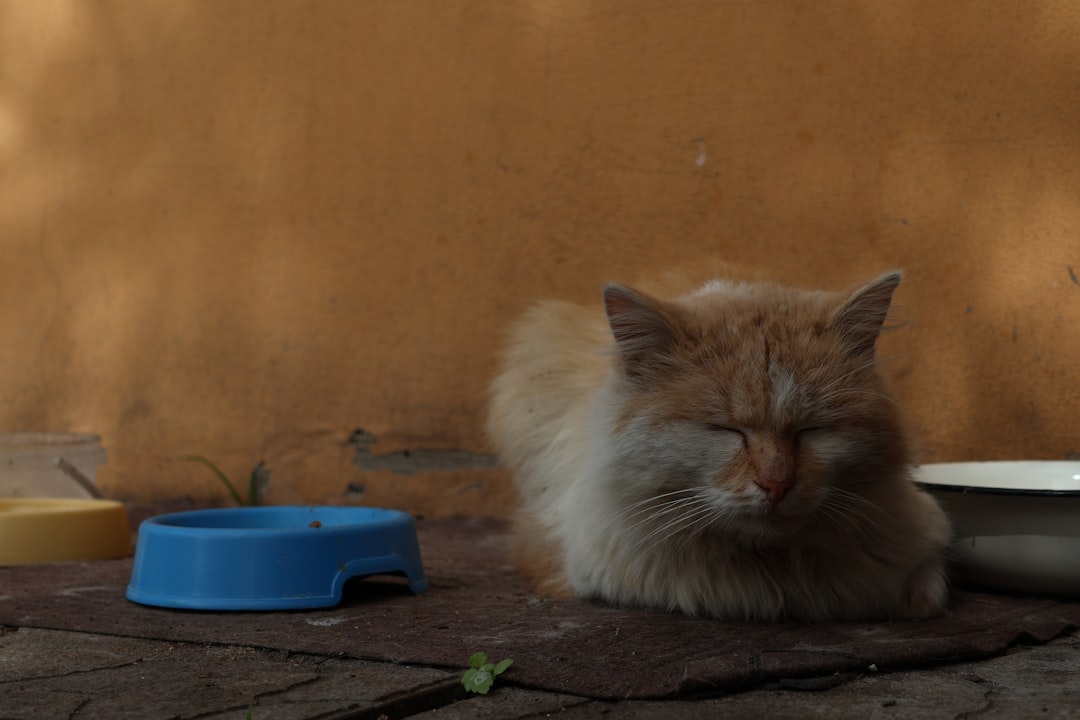
Along with physical deterioration and behavioral changes, poor eating and grooming patterns can be signs your cat is saying goodbye. Disinterest in food: Refusing favorite treats or showing minimal interest in meals they once eagerly anticipated. Reduced drinking: Drinking significantly more or less water than usual, sometimes struggling to reach water bowls.
The daily rituals that once defined your cat’s existence begin to fade away. As your cat’s health deteriorates, she will lose interest in things she once enjoyed. She may no longer want to play with her toys, may turn her nose up at her favorite treats, and may even stop purring when petted. Disinterest in the world around her and a lack of joy for things she once loved are signs that your cat is ready to pass on.
Their meticulous grooming habits, once a source of pride, become forgotten tasks. Poor coat: The skin microbiome of cats changes in the face of disease, causing dying cats to develop a matted or unkempt appearance as self-grooming decreases or stops entirely. This neglect of personal care signals their energy is being redirected to more essential functions.
Profound Changes in Sleep Patterns
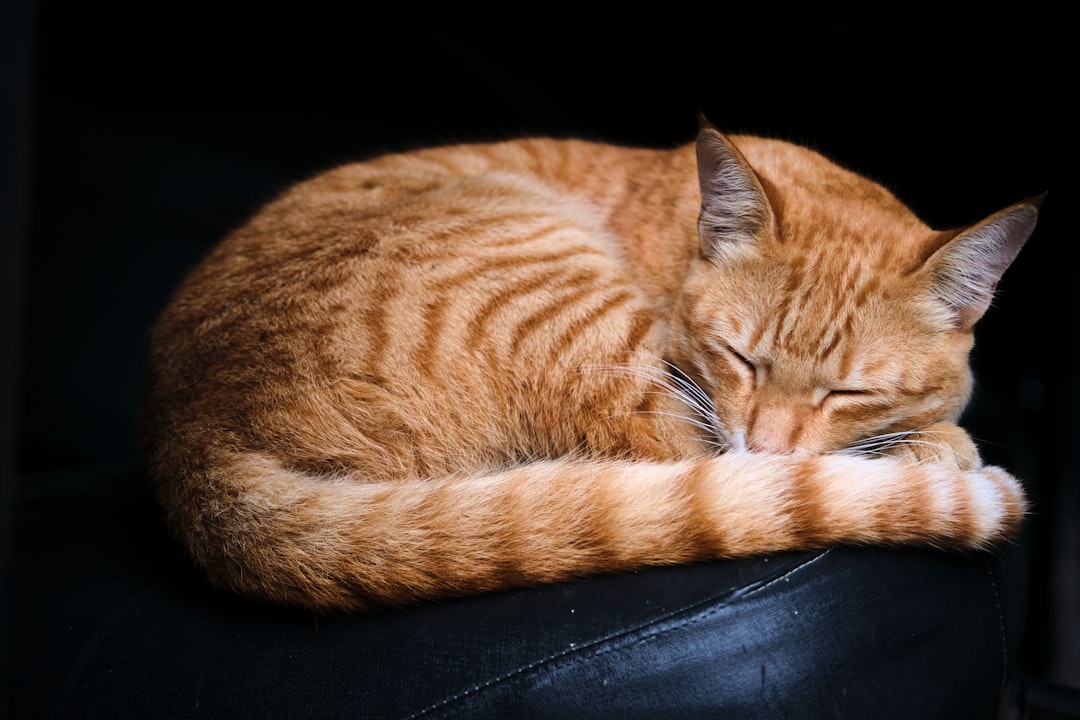
As your cat reaches their final stages, you might notice significant changes in their activity levels. These signs indicate they aren’t feeling well, and the time to say goodbye may be near. Decreased energy: Sleeping for notably longer periods and showing little interest in waking even for usually exciting events.
Cats sleep a lot in general, but if a cat is rarely awake, it could be a sign that the end is near. A cat sleeping is not an unusual sight, and they can indeed snooze for around 16 to 20 hours a day! However, in the last days of life, your cat might show extreme weakness and lethargy.
Their sleep becomes deeper and more prolonged, as if they’re practicing for their final rest. The cat who once greeted you at the door might barely lift their head when you return home, conserving every ounce of remaining energy for their internal struggles.
Temperature Regulation Difficulties

In the hours or days before death, cats typically experience a significant decrease in body temperature, irregular breathing patterns and lower blood pressure. They may also become very still or unresponsive to stimuli.
Senior cats increasingly have trouble regulating their body temperature, and will be more susceptible to heat and cold than healthy adult cats. Even when provided with a warm bed and environment, cats nearing death often have a low body temperature. You might notice them seeking out warm spots with unusual persistence, or conversely, feeling cold to the touch despite a comfortable room temperature.
This temperature instability reflects their body’s diminishing ability to maintain basic functions. Their once-perfect internal thermostat begins to falter, making comfort a constant challenge.
Loss of Basic Bodily Functions
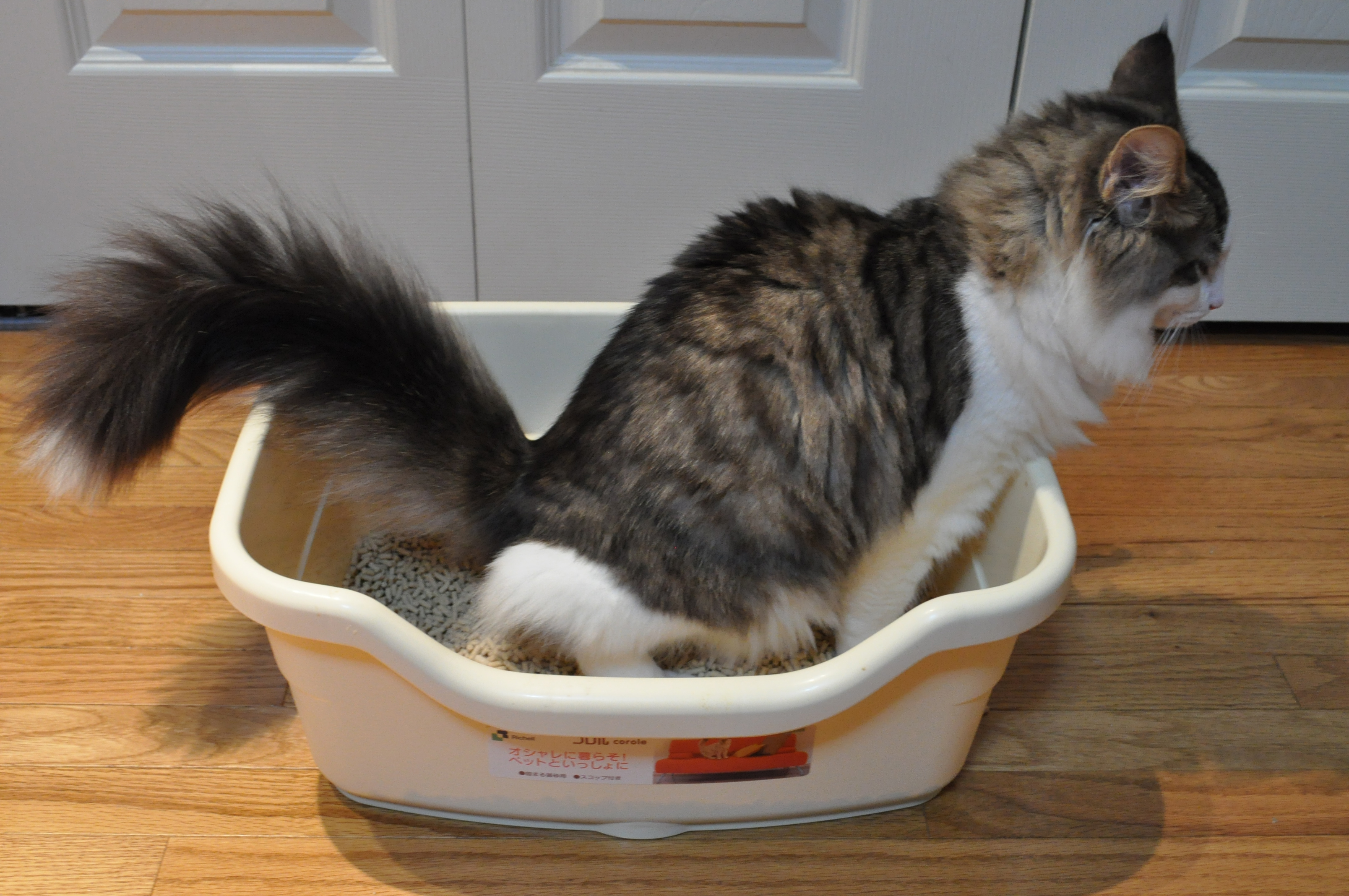
Litter box accidents: Having accidents outside the litter box or showing difficulty maintaining usual bathroom habits. The fastidiously clean creature who once took pride in their bathroom etiquette may begin to have accidents.
Keep the cat clean, especially if it has developed fecal and/or urinary incontinence. Place puppy training pads under the cat and carefully wipe urine or feces off the cat. These lapses aren’t failures of will but rather signs that their body systems are beginning their final shutdown.
The dignity they’ve maintained throughout their lives becomes harder to preserve, making your gentle care and understanding more precious than ever. This vulnerability requires compassionate responses rather than frustration or disappointment.
Cognitive Confusion and Disorientation
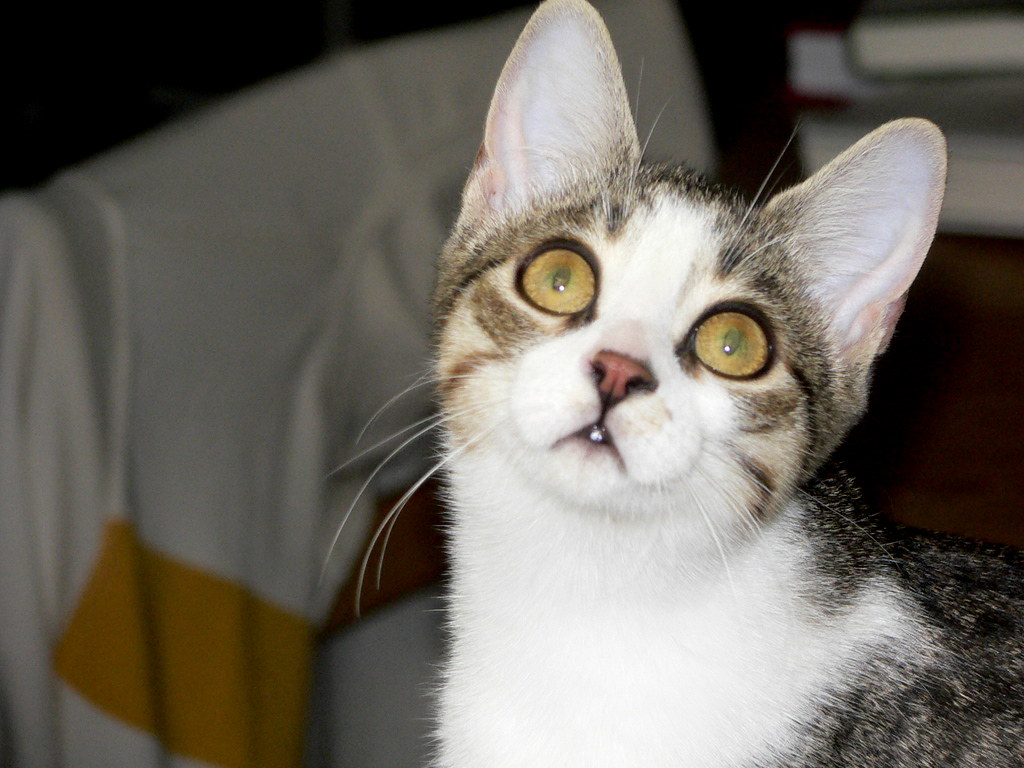
Dying cats might be more prone to hiding for long periods of time, not wanting to come out for meals or things they typically enjoy. Confusion. Senior cats and cats nearing the end of life might develop cognitive dysfunction much like human dementia.
At the end of life, some cats might become confused, dull, or disorientated. They might appear uncoordinated, weak or have a glazed look to their eyes. Your familiar companion may seem lost in their own home, staring blankly at walls or wandering aimlessly through spaces they’ve navigated confidently for years.
This mental fog can be particularly distressing for both cat and owner. Cognitive dysfunction (e.g., disorientation, confusion, or nighttime wandering). They might forget where their food bowl is located or fail to recognize familiar people and places that once brought them comfort.
The Final Farewell Through Physical Presence
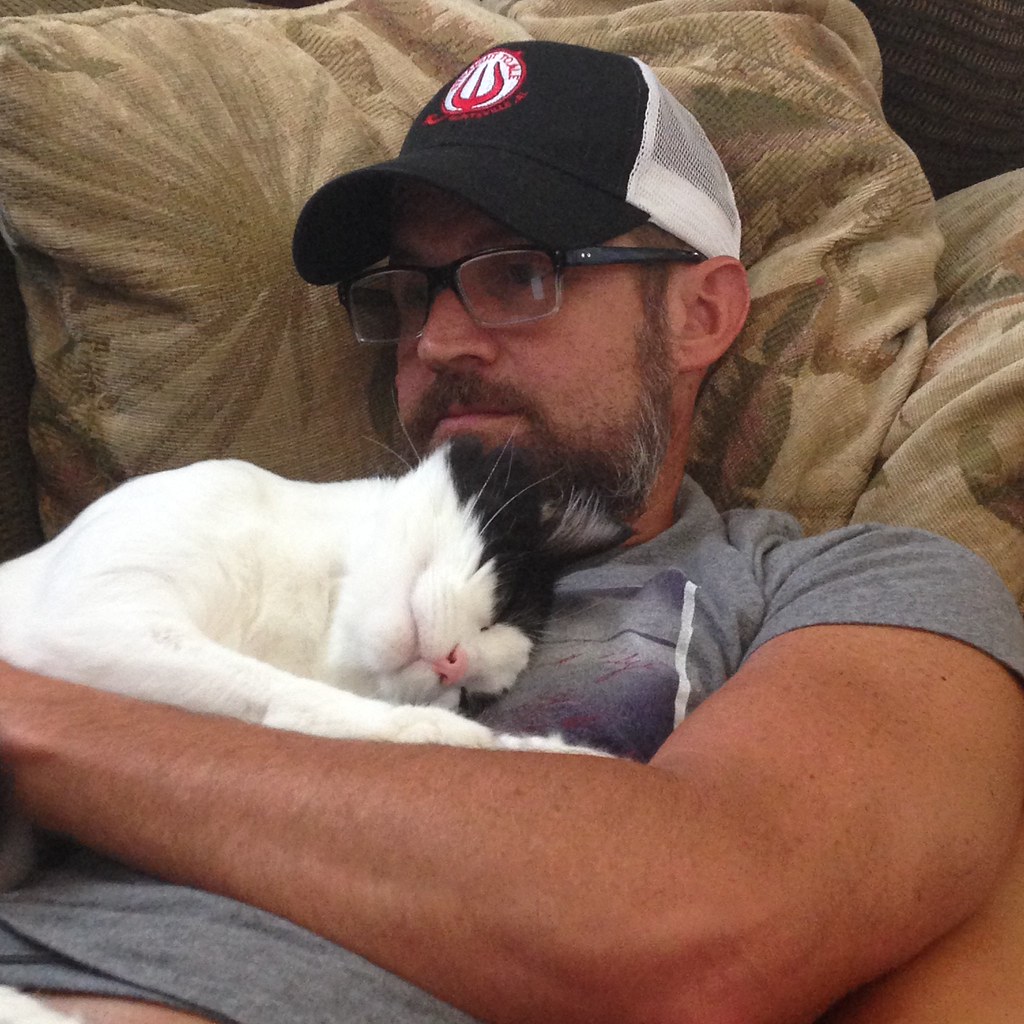
Your cat may prefer to spend their time quietly curled up alone, or they may prefer to snuggle up close with family. You know your cat best; they may have some other form of comfort they seek.
In their ultimate moments, some cats make a deliberate choice about where and how they want to say goodbye. It is common for cats to move to a quiet place when they are very close to passing. They may eat less, groom themselves less, and behave differently than normal.
Hold them as you tell them how much you love them and say your goodbyes. Whether they choose solitude or seek your presence, this final positioning represents their last communication about what they need to feel safe and loved as they transition from this world.
Recognizing the Gift in Their Goodbye
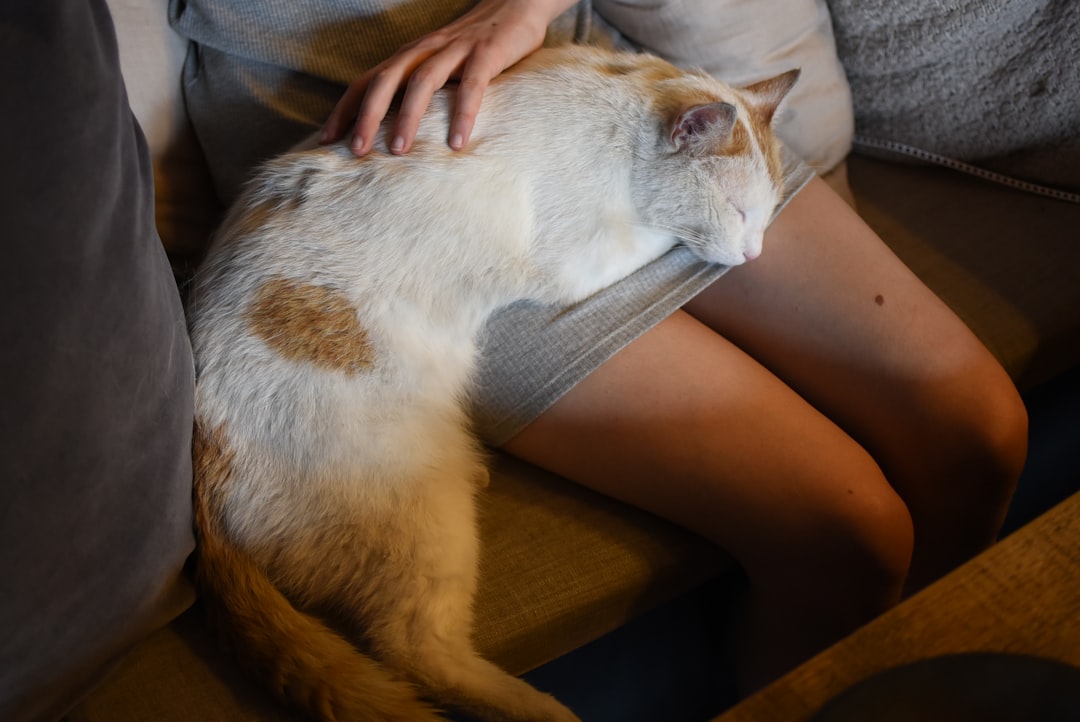
Understanding these farewell behaviors transforms our perspective on loss. Cats do seem to be aware of death, but it is hard to know how much they understand the concept and whether they fully understand the finality of their own passing. They certainly understand when they are feeling ill or that something is different or wrong. As far as we know, cats do not fear death, though they may wish to be free from pain or discomfort.
Your cat’s goodbye isn’t just about their departure. It’s about honoring the relationship you’ve built together and ensuring their final chapter reflects the love and care they’ve known throughout their life with you.
Recognizing the signs that a cat is nearing the end of its life can be an emotional journey, but it also provides an opportunity for meaningful connection during their final days. By understanding the physical and behavioral changes your feline companion may experience, you can offer them comfort and care when they need it most. Remember, each cat is unique, and while some signs may be more pronounced than others, being attentive to your pet’s needs and emotions will help you make informed decisions about their well-being.
The way cats say goodbye teaches us about dignity, trust, and the profound connections that transcend words. Their farewell behaviors represent a final gift of communication, allowing us to respond with the compassion and understanding they deserve. What do you think about these remarkable farewell messages from our feline friends?





